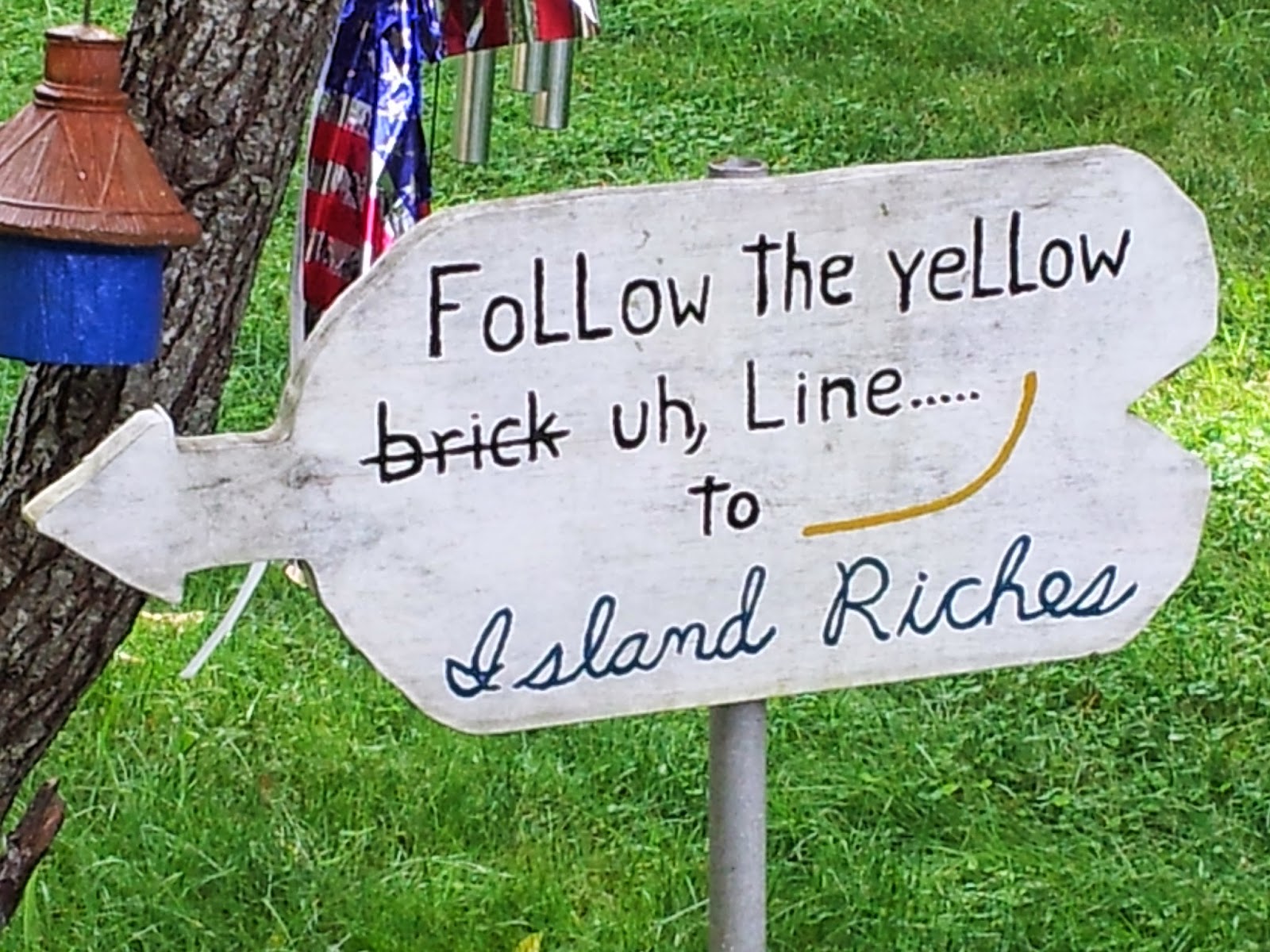Paradise Lost: City Hall Station
"The only paradise is paradise lost." ~ Marcel Proust
If ever there was an inclination to compare a New York City subway station as an underground Shangri-La, downtown Manhattan's abandoned City Hall station comes close to earning such a title.
In 1900, construction began on New York City's City Hall Station in lower Manhattan. It opened October 27, 1904, as the city's showpiece terminal stop. It celebrated a newly innovative system of underground travel within city limits.
Part of the first subway line operated by the Interborough Rapid Transit Company (IRT), it ran between City Hall and 145th Street. Originally named the "Manhattan Main line", it is now known as the "Lexington Avenue line".
Part of the first subway line operated by the Interborough Rapid Transit Company (IRT), it ran between City Hall and 145th Street. Originally named the "Manhattan Main line", it is now known as the "Lexington Avenue line".

The architect and builder Rafael Gustavino, an immigrant from Valencia, Spain, designed the City Hall station. Gustavino was noted for his use of self-supporting vaulted arches and his patented "Tile Arch System". This system represented a brilliant structural, aesthetic and economic innovation. Gustavino adopted and improved upon the rediscovery of 14th-century Catalan system of timbrel vaulting and renamed it "cohesive construction". He substituted bricks with 3/4- inch thick terra cotta tiles, and traditional mortar with Portland cement. He then layered the tiles over one another in patterns that followed the curves of the ceiling, resulting in wider arches and vaulting. The comparatively lighter weight of the tiles to the traditional brick and stone construction likely explains this achievement.
Underworld opulence: several stained glass skylights emanated a heavenly light from above. It was additionally lit with eleven chandeliers.
 |
| Early construction photo of City Hall Station. |
 |
| Old photograph of station's ticket booth. |
In 1945, the station closed due to lack of use; at the time, only 600 or so passengers used the station daily, and this was at the pinnacle of subway travel in New York City. Additionally, train cars had been widened and lengthened for a growing population. The train platform was not only not long enough to accommodate additional train cars, but it also had such a tight radius it was difficult for the trains to loop around the station in order to head back uptown. Plans by the New York Transit Museum to reopen the station to the public were cancelled in the late 1990's. Today it remains abandoned and unused.
 |
| Original entrance outside of City Hall. |
If you would like to catch a glimpse of this magnificent station, you have several options. One would be to take the #6 train down to the last stop, Brooklyn Bridge station. Remain on the train and it will eventually loop around, and, as you head back uptown, you'll be able to catch sight of it. Another option is riding on the #4 and #5 trains heading from Brooklyn. Finally, you can actually enjoy a tour of the station if you become a card-carrying member of the MTA Transit Museum.
http://www.redcross.org/templates/render/render.jsp?pageId=11400031&scode=RSG00000E017&subcode=paiddonationsearch&gclid=CNOvrYm0x7MCFQyk4Aodh1YA7A
https://www.doctorswithoutborders.org/donate/onetime.cfm?source=AZD120000S02&gclid=CIjdqfizx7MCFQWe4Aod6xsACw
https://www.catholiccharitiesusa.org/sslpage.aspx?pid=2692
http://www.ujafedny.org/hurricane-sandy-volunteer-opportunities/
http://www.americanhumane.org/about-us/newsroom/news-releases/keeping-pets-safe-during.html
*Edited by Jennifer Vandemeer.






WOW great post, thank you.
ReplyDelete